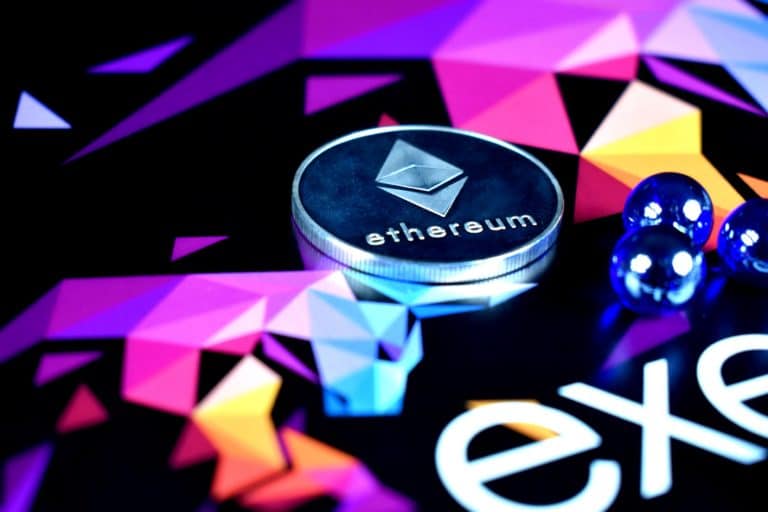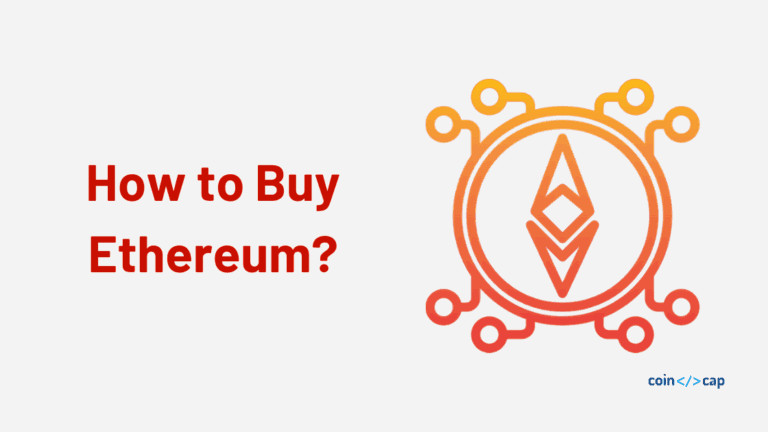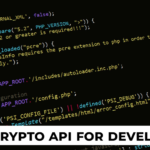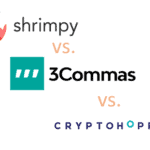Over the years, Ethereum has proven to be a leading blockchain platform offering various decentralized apps (dApps) and making it possible to create smart contracts. Transactions are at the core of the Ethereum platform, facilitating the transfer of ether and executing smart contract functions. This includes, of course, the popular ETH to USD conversions that drive much of the activity on the network.
But did you know that every Ethereum transaction undergoes a complex sequence called the “Transaction Life Cycle”? And that the cycle involves a series of steps?
In this comprehensive article, we discuss the various types of Ethereum transactions and the various stages they go through, from initiation to completion.

Also Read ➤ ➤ Ethereum Name Service (ENS)- An Overview
What Is an Ethereum Transaction?
An Ethereum transaction is the transfer of Ethereum-based assets from one address to another. The transaction is initiated from your wallet, and some of its major components include recipient, sender, nonce, value, data, gas price and gas limit. Each Ethereum transaction is recorded on the network, making it transparent and immutable.
Types of Ethereum Transactions
The three main types of Ethereum transactions are token transfers, normal transactions and internal transactions.
Token transfers are the most common type of Ethereum transactions. They involve wallet-to-wallet transfers of tokens like non-fungible tokens (NFTs) or cryptocurrencies. On the other hand, normal transactions involve Ether (ETH) transfers between accounts. As a user, you need to specify the recipient address and ETH amount when initiating this transaction. Internal transactions are known for their unique nature–occurring only within smart contracts. They are triggered by certain conditions or actions defined by the contract’s code and serve several purposes, including interacting with other contracts and updating values in storage.
Also Check ➤ ➤ Ethereum versus Bitcoin
Understanding the Lifecycle of an Ethereum Transaction
Now that you understand the fundamentals of Ethereum transactions, let’s dive right into the various stages an Ethereum transaction undergoes:
Initiation
The first stage in an Ethereum transaction life cycle is the initiation stage. During this phase, an Ethereum user, say, Ben, sends digital currency to another user, say James.
Using his crypto wallet, Ben inputs James’ public key, which is akin to an email address in the blockchain universe. He then specifies the crypto amount he wants to send over. It is important that Ben double-checks the entered details because blockchain transactions are immutable, meaning you can’t reverse or alter them once initiated.
Verification and Validation
Next, the transaction is verified and validated before proceeding further. During the verification stage, nodes on the Ethereum platform ascertain the accuracy and legitimacy of the transaction details. Doing so keeps away double-spending and fraudulent attempts.
Validation involves confirming that the person making the transaction has enough funds to complete it. These processes ensure trust and transparency in Ethereum transactions.
Addition to a Block
Now that the transaction has undergone verification and validation, it is time to become part of a block on the Ethereum network. This step ensures the transaction’s security and immutability.
But what exactly does adding a transaction to a block mean? It means the transaction data is included in a chain of transactions to form a permanent record. Validators and miners are responsible for solving complicated mathematical problems to confirm and bring new blocks to the Ethereum blockchain.
Once inside the block, the transaction forms part of the public ledger. At this point, there is no altering or removing it without consensus from all network participants.
Block Confirmation
What next after an Ethereum transaction becomes part of a block? The block will need to be confirmed. During this phase, nodes on the network work to validate and verify the transactions on the block. The number of confirmations required may vary depending on factors like security requirements and network congestion, with more confirmations meaning a higher trust level in the transaction’s completion.
Do Check ➤ ➤
Sharding: The brain of Ethereum 2.0
Beacon Chain: Heart of Ethereum 2.0
Completion of the Transaction
An Ethereum transaction is marked as completed when it has entered a block and been confirmed by the network. At this point, it has been successfully validated and recorded on the blockchain, so it is irreversible.
A complete transaction gives both the sender and recipient peace of mind as they are sure their transaction has been executed and finalized on the ledger.
Wanna buy Ethereum? Also Check ➤ ➤ Best Apps to Buy Ethereum in India 2023
Conclusion
In summary, Ethereum’s blockchain stands as a robust platform that has transformed the landscape of decentralized applications and smart contracts. Navigating the intricate Ethereum Transaction Life Cycle allows users to smoothly transfer assets, from Ether to diverse tokens, all the while upholding principles of transparency and immutability.
The initiation phase kickstarts the transaction, as users meticulously input details destined to become an unalterable part of the blockchain. Verification and validation ensue, with nodes meticulously ensuring transaction accuracy and verifying adequate funds, fortifying defenses against fraud and double-spending. The subsequent inclusion in a block underscores a dedication to security and immutability, embedding the transaction within a chain tended to by validators and miners.
The block confirmation stage introduces an additional layer of trust, as the network verifies transactions and gauges the necessary confirmations based on security considerations and network dynamics. Ultimately, the completion of the transaction signifies a point of no return, cementing its status as an indelible entry on the public ledger, imparting assurance and peace of mind to both sender and recipient.
As Ethereum undergoes continuous evolution, comprehending the nuances of its transaction life cycle becomes imperative for users, developers, and enthusiasts. The effectiveness and dependability of this process play a pivotal role in fostering wider adoption and success within the Ethereum ecosystem, laying the groundwork for a decentralized future grounded in trust and transparency.










